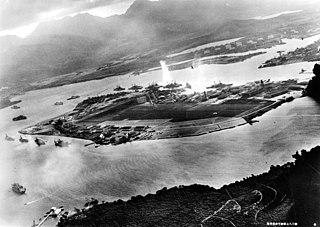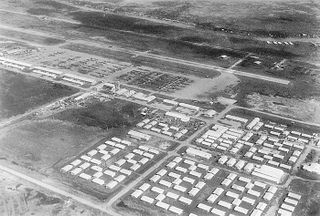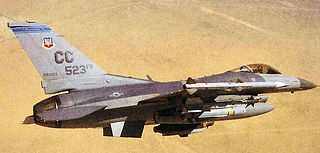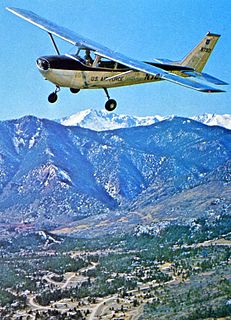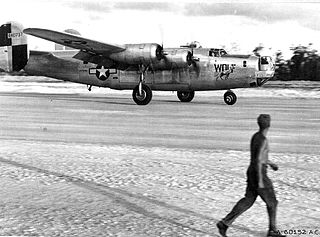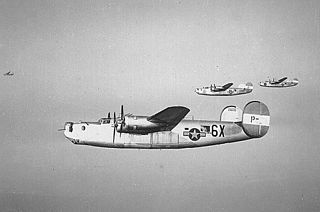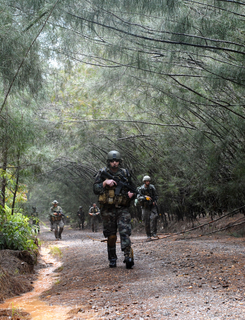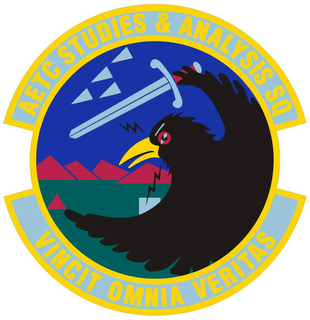This article has multiple issues. Please help improve it or discuss these issues on the talk page . (Learn how and when to remove these template messages) (Learn how and when to remove this template message)
|
22d Attack Squadron  | |
|---|---|
| Active | 1941–1943; 1965–1988; 1988–1991; 2012–present |
| Country | |
| Branch | |
| Role | Unmanned aerial vehicle operation |
| Engagements | European Theater of Operations Vietnam War [1] |
| Decorations | Presidential Unit Citation Air Force Meritorious Unit Award Air Force Outstanding Unit Award with Combat "V" Device Air Force Outstanding Unit Award Republic of Vietnam Gallantry Cross with Palm Vietnam First Class Civil Actions Medal With Palm [1] |
| Insignia | |
| 22d Reconnaissance Sq emblem (approved 8 March 1989, modified 6 January 2014) [1] |  |
| 22d Tactical Air Support Training Squadron emblem |  |
| 22d Tactical Air Support Squadron emblem (1987) [2] |  |
| Patch with 22d Tactical Air Support Squadron emblem (Early) |  |
| Patch with 46th Bombardment Squadron emblem (approved 8 January 1943) [3] |  |

- See 46th Bomb Squadron for the Strategic Air Command squadron
The 22d Attack Squadron is an active United States Air Force unit.

The United States Air Force (USAF) is the aerial and space warfare service branch of the United States Armed Forces. It is one of the five branches of the United States Armed Forces, and one of the seven American uniformed services. Initially formed as a part of the United States Army on 1 August 1907, the USAF was established as a separate branch of the U.S. Armed Forces on 18 September 1947 with the passing of the National Security Act of 1947. It is the youngest branch of the U.S. Armed Forces, and the fourth in order of precedence. The USAF is the largest and most technologically advanced air force in the world. The Air Force articulates its core missions as air and space superiority, global integrated intelligence, surveillance, and reconnaissance, rapid global mobility, global strike, and command and control.
Contents
- History
- World War II
- Vietnam War
- Hawaii service
- Lineage
- Assignments
- Stations
- Aircraft
- References
- Notes
- Bibliography
- External links
It has been in active service on five different occasions, and saw combat service in the early years of World War II and in the Vietnam War. [4]

World War II, also known as the Second World War, was a global war that lasted from 1939 to 1945. The vast majority of the world's countries—including all the great powers—eventually formed two opposing military alliances: the Allies and the Axis. A state of total war emerged, directly involving more than 100 million people from over 30 countries. The major participants threw their entire economic, industrial, and scientific capabilities behind the war effort, blurring the distinction between civilian and military resources. World War II was the deadliest conflict in human history, marked by 50 to 85 million fatalities, most of whom were civilians in the Soviet Union and China. It included massacres, the genocide of the Holocaust, strategic bombing, premeditated death from starvation and disease, and the only use of nuclear weapons in war.

The Vietnam War, also known as the Second Indochina War, and in Vietnam as the Resistance War Against America or simply the American War, was an undeclared war in Vietnam, Laos, and Cambodia from 1 November 1955 to the fall of Saigon on 30 April 1975. It was the second of the Indochina Wars and was officially fought between North Vietnam and South Vietnam. North Vietnam was supported by the Soviet Union, China, and other communist allies; South Vietnam was supported by the United States, South Korea, the Philippines, Australia, Thailand and other anti-communist allies. The war is considered a Cold War-era proxy war from some US perspectives. It lasted some 19 years with direct U.S. involvement ending in 1973 following the Paris Peace Accords, and included the Laotian Civil War and the Cambodian Civil War, resulting in all three countries becoming communist states in 1975.


